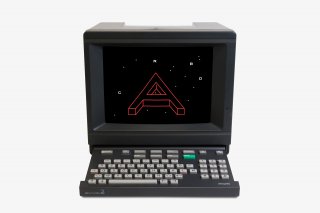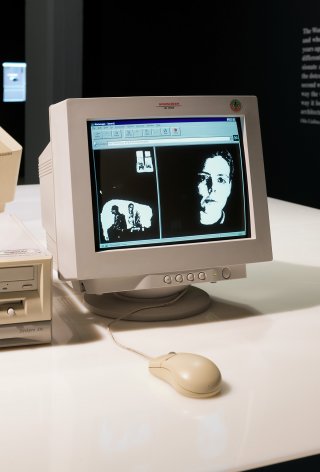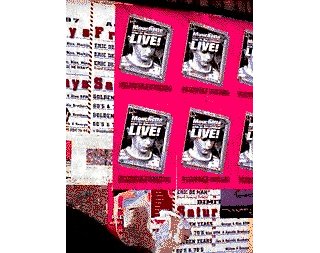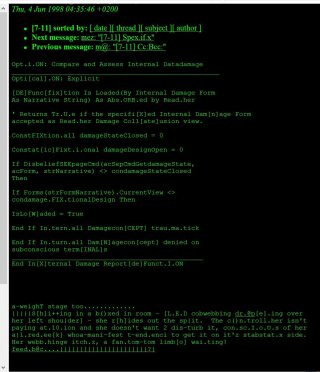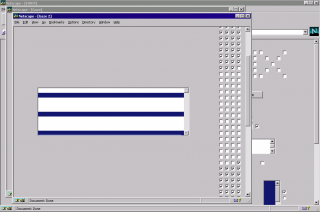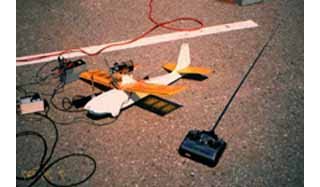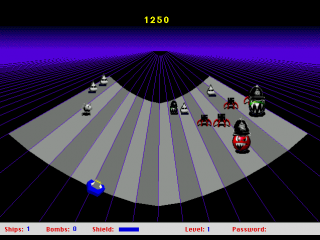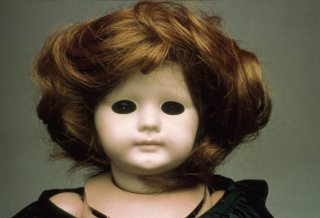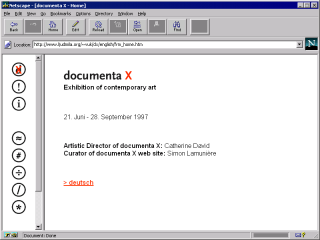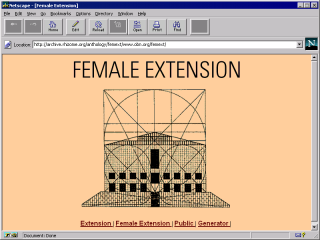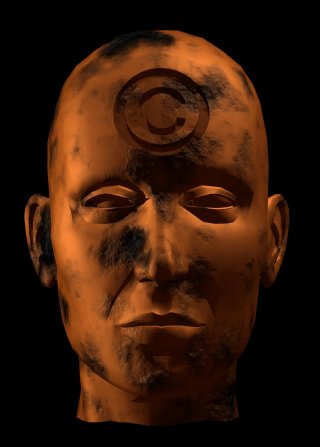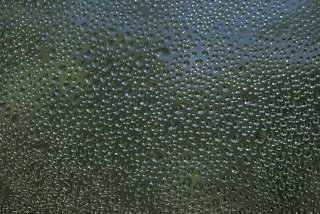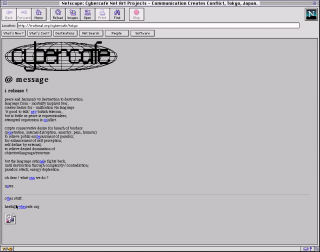The File Room
Antoni Muntadas and collaborators
1994
Antoni Muntadas’s The File Room is a temporary physical installation and an open-ended online database that contain records of past cases of censorship around the world. Its mission—to reintroduce deleted and suppressed material back into the public record—could never be completed, and so visitors were invited to add their own instances of artistic and cultural censorship to an open-ended archive, which has now been restored by Rhizome. Prior to Rhizome’s restoration, The File Room was hosted in the servers of Randolph Street Gallery in Chicago from 1994 to 1998, in Media Channel, New York from 1999 to 2001 and the National Coalition Against Censorship in New York from 2001 to 2016.
Differing markedly from the playfulness that marked many early web projects, The File Room's aesthetic was somber and bureaucratic. Nevertheless, it claimed no objectivity, instead proposing an alternative model of community-driven knowledge collection and distribution that foreshadowed efforts such as Wikipedia.
Through exploration of the archives of The File Room, it becomes clear that censorship is not only a blatantly repressive tactic, but also a facet of the contested nature of knowledge as a whole and the largely invisible ideological structures that shape it.
 Antoni Muntadas, The File Room, installation view, 1994
Antoni Muntadas, The File Room, installation view, 1994
“The File Room, rather than being presented as a finished work, is... an open system that becomes activated, ‘filed’ and developed through the public process of its own existence..”
— Muntadas and Randolph Street Gallery, 1994
The File Room opened at the Chicago Cultural Center in 1994. At the center of a dark, oppressive room lined with filing cabinet drawers sat a computer where visitors could access and contribute to an ever-growing archive of censorship cases.
Read article by Dillon Petito on Rhizome
.png) Antoni Muntadas, The File Room, courtesy the artist
Antoni Muntadas, The File Room, courtesy the artist
The website for The File Room took more than two years to develop, and was presented in the gallery via a kiosk-mode version of the NCSA Mosaic browser. A later version, developed in 2001 in order to automate the submission process, is still online and accepting submissions following its restoration by Rhizome.
Staged at a time when public access to the internet was quite limited, The File Room was a prescient experiment in building knowledge collectively, foreshadowing later efforts such as Wikipedia. Cases were sent in by mail, fax, phone, and email, as well as submitted through the website. A team from Randolph Street Gallery in Chicago coordinated the research.
.png) Map interface from The File Room,.
Map interface from The File Room,.
Unlike later projects like Wikipedia, The File Room does not propose an encyclopedic function. Rather, it uses the form and aesthetics of the database to foreground the contested nature of culture and knowledge.
.png) Antoni Muntadas, The File Room, courtesy the artist
Antoni Muntadas, The File Room, courtesy the artist
“It was a perfectly ironic application of the web—to create this open-source online library of censorship.”
– Peter Taub
Born in Barcelona in 1942, Antoni Muntadas is a multimedia artist who has produced an important body of installations, public art projects, and videotapes. He focuses his artistic activity on a critique of the media, namely systems of representation and information, including television, the press, advertising, and architecture—both public buildings and invisible telecommunications networks. Deconstructing the systems of representation and information that pervade the contemporary media landscape, Muntadas posits a compelling discourse on the invisible mechanisms that inform the production and reception of mass media texts.
More From
CHAPTER 1: 1984-1998
10/27/16
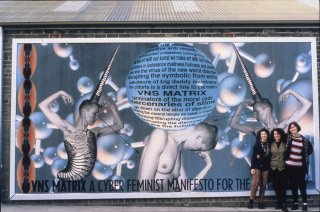 A Cyberfeminist Manifesto for the 21st Century
VNS Matrix (Josephine Starrs, Julianne Pierce, Francesca da Rimini, and Virginia Barratt)
1991
A Cyberfeminist Manifesto for the 21st Century
VNS Matrix (Josephine Starrs, Julianne Pierce, Francesca da Rimini, and Virginia Barratt)
1991
 A Cyberfeminist Manifesto for the 21st Century
VNS Matrix (Josephine Starrs, Julianne Pierce, Francesca da Rimini, and Virginia Barratt)
1991
A Cyberfeminist Manifesto for the 21st Century
VNS Matrix (Josephine Starrs, Julianne Pierce, Francesca da Rimini, and Virginia Barratt)
1991
Return to Net Art Anthology
